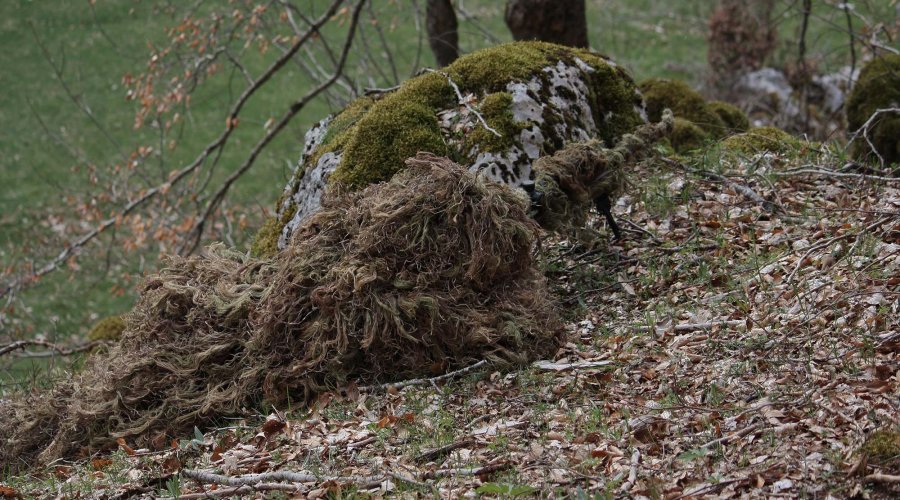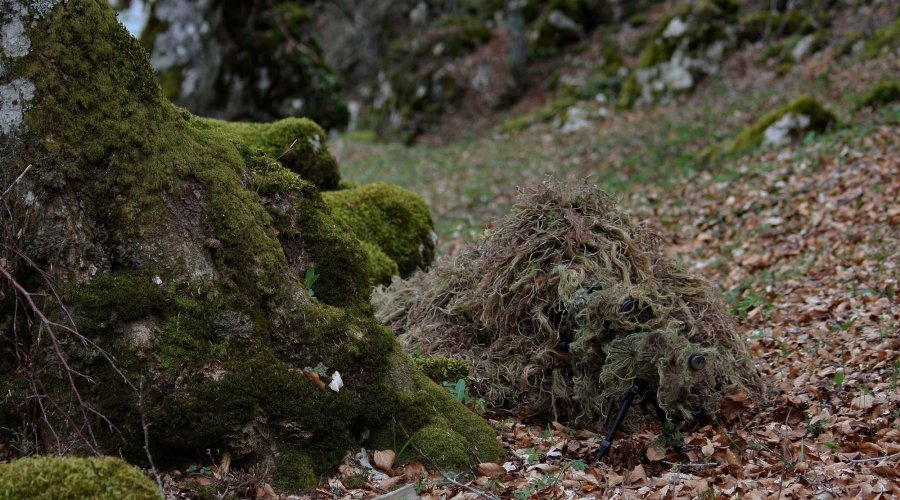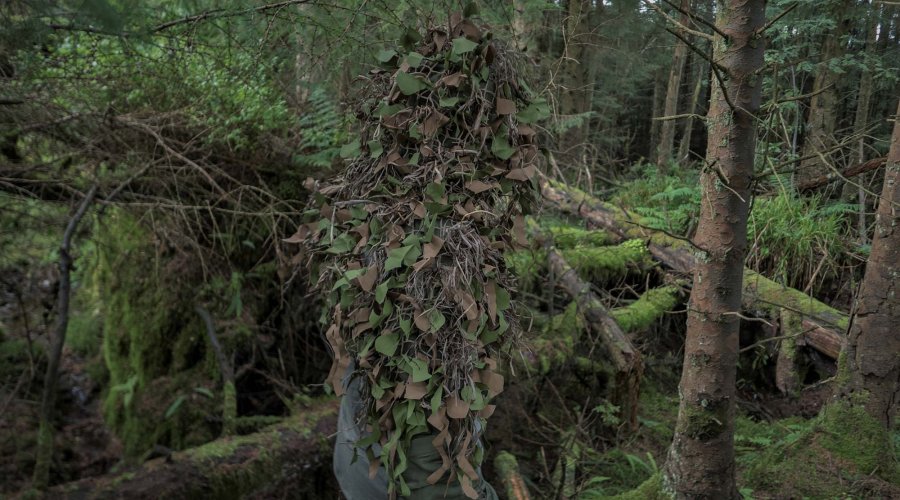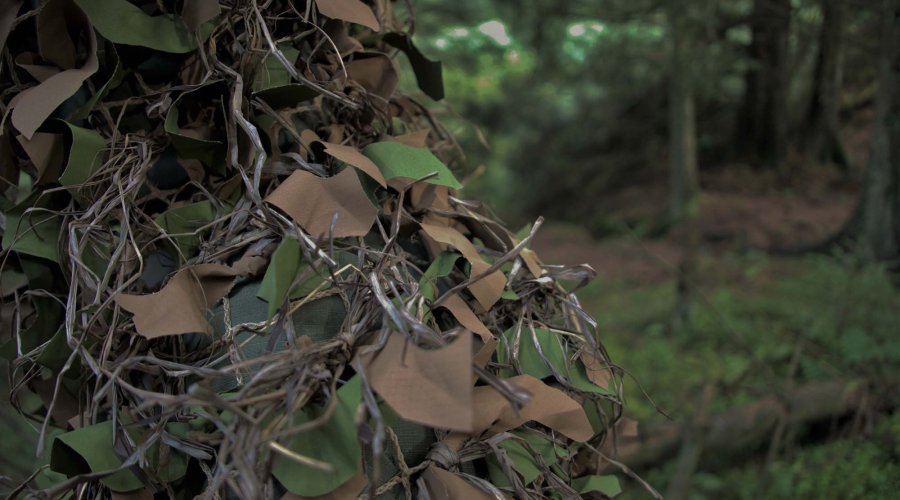Hi Emanuele. First of all: what is meant today by the term "ghillie"?
Ghillie suits are three-dimensional (3D) camouflage, thus not based on camo patterns printed on fabric (2D), but a series of elements added to clothing, in order to create a three-dimensional effect that emulates the typical shapes of vegetation and terrain. This 3D camouflage system is implemented by nets and/or loops that allow the addition of natural materials (such as grass, branches and moss) in order to maximize camo effectiveness in the specific environment of use. Often the term ghillie is improperly used to indicate systems that do not allow the addition of vegetation and/or systems based on additional material (3D) emulating foliage (leaf suit), very common on platforms like AliExpress and online markets. In practice, a ghillie suit is a three-dimensional individual camouflage system that allows the addition of natural elements to maximize camouflage across a variety of environments.
Can you shed some light on the historical roots of ghillie suits?
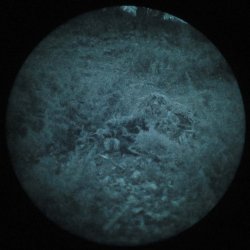
I know little about the history of ghillie suits and I think others should delve into the topic. I've read that the etymology of the term 'ghillie' is of Gaelic/Scottish origin and that the word “ghillie" was used to refer to hunters and/or gamekeepers in the Scottish Highlands. During my stays in the Scottish Highlands, I've come to the idea that the term “ghillie” was later extended to refer to three-dimensional camouflage made of laces and pieces of fabric, possibly in association with these figures and the fact that some typical Scottish garments, such as the Jacobean shirt and traditional dance shoes, are still referred to today as “ghillie shirt” and “ghillie shoe” – they are both tied with lace strings. Additionally, the association of the term “ghillie” with three-dimensional camouflage is also supported by a folkloric figure from the Highlands, the Ghillie Dhu, a mythical being dressed in moss and leaves. But again, I am not the right person to talk about it, I think other people like historians should uncover the etymology and the history of ghillie suits.
Historically, the military use of ghillie suits is associated with the Lovat Scouts, a British Army reconnaissance unit consisting of skilled marksmen in the early 1900s, while their use for hunting/anti-poaching purposes likely predates this. From then until today, the use of ghillie suits has become more widespread, and the manufacturing of ghillie suits is now handled by a few specialized companies rather than soldiers attempting to make their own suit.
Video: a collection of historical images of the first ghillie suits from 1900 to 1950
What's the difference between regular camouflage and what is provided by using a ghillie? And what are the advantages of ghillie suits?
Only when the ghillie is properly designed and made it does provide the advantage of a very high level of camouflage even at very short distances. I would say that the main differences in practice are three, and they complement each other in a synergetic way: 1) the ghillie provides three-dimensional camouflage, something that common camouflage can't match due to the two-dimensional nature of printed camo; 2) the three-dimensionality of the camouflage, along with a specific and appropriate design, allows for the disrupting of the human shape, altering the typical silhouette of head and shoulders; 3) these two aspects promote a high visual camouflage even at extremely short distances.
In essence, therefore, the main advantage of using a ghillie is to achieve highly effective camouflage and, when enriched with vegetation or natural elements, effectively masks human scent as well (useful for hunting, photography, and ethology).
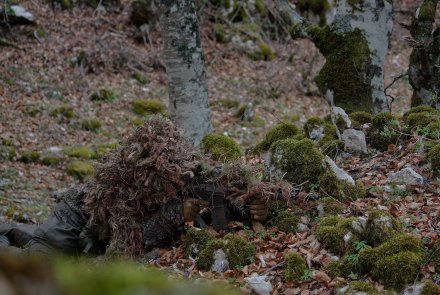
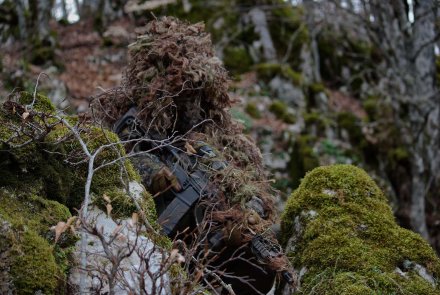
What are the areas of application for ghillie suits?
The use of ghillie suits likely originated in the context of hunting and game control in the Scottish Highlands, so even today, ghillie suits can be used in hunting, anti-poaching, wildlife census (ethology), photography, and nature documentary photography. Then there is the use which is closer to popular imagination, and probably also the most widespread one, namely in military/intelligence contexts, snipering, reconnaissance, JTAC, and similar roles.
Can you describe the main features of ProApto ghillie suits?
This is a broad topic as we have several models and different 3D camouflage patterns, so there is a wide variability in features. Therefore, we need to differentiate between features related to the ghillie model and features related to camouflage. A common feature of all ProApto ghillie suits is that they are not built using fabrics. In fact, ghillie suits are made from a lightweight, wide-mesh, waterproof plastic alloy net that is highly resistant to traction (each mesh can support up to 50 kg of direct traction). The use of a waterproof wide-mesh net promotes full breathability (so that ProApto ghillie suits do not “add heat”, preventing overheating and heat casualties) and does not hinder movement when worn over technical clothing. This design choice, using a net as a base rather than fabric, avoids other typical issues related to ghillie suit use, such as freezing of wet fabrics in very low temperatures, and odor retention. Finally, this design choice also maximizes situational awareness, since you can see through the hood mesh, and sound is transmitted more freely compared to typical fabrics.
What are the features of your various ghillie suit patterns?
The common feature among all our camouflage patterns is a high level of visual (VIS) and near-infrared (NIR – “night vision”) camouflage. All our 3D camouflages are primarily developed for specific biomes (i.e., environments – referring to the Köppen-Geiger climate classification). The underlying idea is to have excellent VIS-NIR camouflage for the desired environment, allowing for high-level camouflage even without adding local natural elements. This arises from the fact that it is not always possible to add natural elements, for example due to lack of time or environmental constraints, such as deciduous forests in winter, which mainly consists of foliage on the ground, bare branches, and trunks.
Indeed, although our camouflages are each designed for a specific environment during development, we have taken into account maintaining a good level of camouflage even in environments for which they were not designed. Within certain limits, the camouflages perform well even outside their designated environment. In essence, the main characteristics of our ghillie suits are their high VIS and NIR camouflage properties based on different biomes that maximize adaptability across various environments. Furthermore, high durability, breathability, lightweight, and modularity are the foundation for all our products.
Performance of ProApto's ghillie suits in multiple environments.
Examples of how ProApto's 3D patterns perform in v environments.
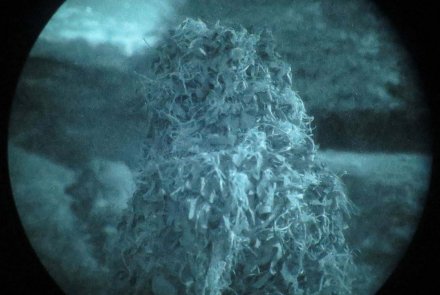
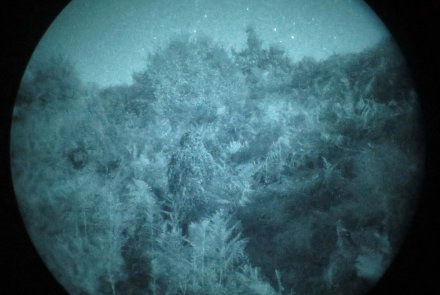
What are the advantages offered by ProApto ghillie suits over others?
In short, I would say: versatility of use, high visual (VIS) and infrared (NIR) camouflage, a highly resistant and breathable waterproof structure, possibility to add vegetation, and modularity of the different ghillie models that can be coupled and used in a synergetic way.
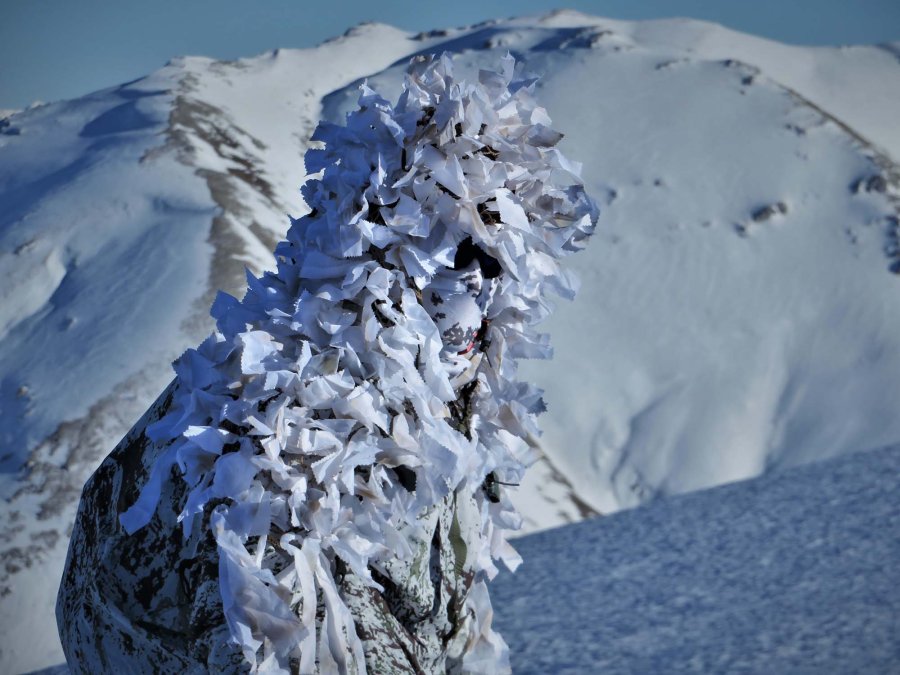
Which market segment is ProApto targeting?
ProApto was born with the primary goal of promoting the use of ghillie suits among wildlife photographers, ethologists, hunters, and park rangers, following the Scottish tradition. Consequently, the product is aimed at these categories, although from the beginning, over 80% of the clientele turned out to be military personnel (about 50%) and civilians dedicated to Mil-Sim and airsoft (about 30%). ProApto is a registered brand marketed by Synaptron (NATO CAGE AU765). We started selling ghillie suits in 2015, and in a few years, we have reached over 700 customers on 5 continents. Currently, the main focus is on the production of individual multispectral camouflage (thermal/anti-thermal camera camouflage). Our public distributors are Sentinel Armament for the USA and Saint Michael Services for Switzerland. Follow this link to find all the details about our partnerships.
Talking about prices, how much do ProApto ghillies cost?
We have the largest variety of ghillie suits, leaf suits, and 3D camouflage in the world, so prices vary greatly. We have a total of 9 different models of ghillie suits and 19 different 3D camouflage patterns, totaling 171 different products. Our best-selling ghillie suits are our “Stalking-Hood”, our Multipurpose ghillie Cape Shelter, and our ghillie Full Body (Wookie Suit). These models cost between 600 and 3,600 euros. Therefore, on average, a ProApto customer spends between 900 and 1.500 euros on a ghillie suit.
Operational longevity: how long does a ProApto ghillie last and what maintenance does it require?
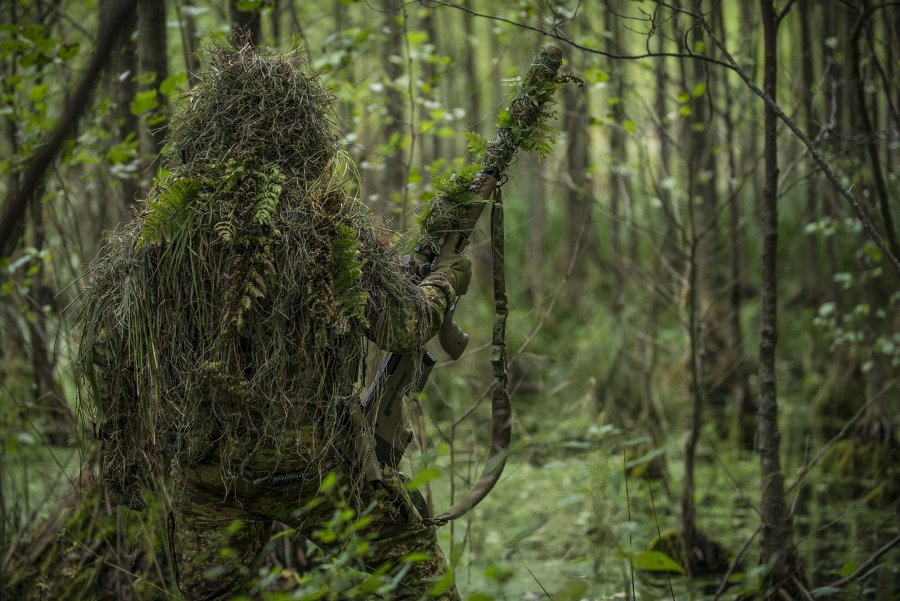
When it comes to ProApto ghillie suits, durability is subjective and depends on usage, but in any case, we are talking about years or even decades. We started selling to the public in 2015, and surely there are people out there who can confirm (maybe here in the comments) how after 7, 8, or 9 years of military, sports, or photographic use, the system remains essentially unchanged. It's very rare for a ProApto ghillie suit to break or get damaged accidentally, which is why we can offer a lifetime warranty on our products very easily...
Speaking from my own experience of using ProApto ghillie suits, I still use the first models made in 2008. The jute has lost some color, but the base remain unchanged. So, I would define a minimum longevity of 10 years.
Regarding the maintenance of ProApto ghillie suits, there's not much to say, essentially you need to keep in mind three things: after use, 1) if they are damp or wet (especially jute and raffia ghillie suits – highly hygroscopic), they should be left to dry outdoors and then compressed and stored in a compression bag (preferably a mesh one). In general, 2) avoid exposing them to direct contact with high heat sources such as radiators, ovens, and hairdryers to prevent the plastic alloy of the base mesh from melting. 3) It is not recommended to wash them, however, if necessary, they should be hand washed in water around 20°C with salt and/or baking soda.
Finally, users can decide to treat them cyclically with fire-retardants or waterproofing treatments, things that we offer upon request.
To find out more please visit the ProApto website.
For ghillie suit tutorials please visit: https://www.proapto-camouflage.com/tutorials-ghillie



